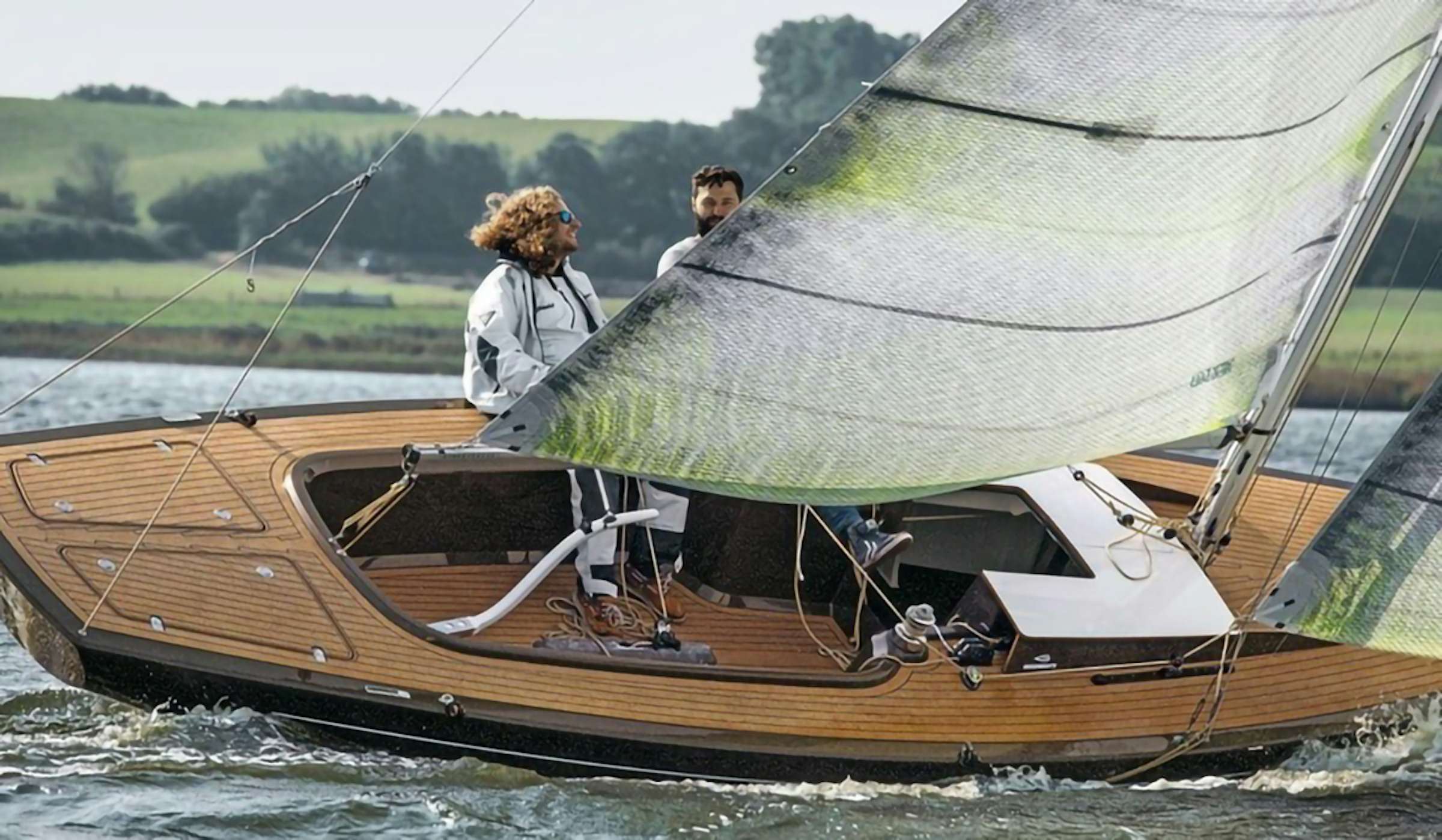
Boat building the eco way
Image courtesy of Friedrich Deimann
Setting sail in a tinnie may well carry a new meaning … hemp boats are a thing! If environmentally-friendly boating floats your boat, then read on.
The makeup of yacht hulls is under investigation by some keen, environmentally-focused innovators. Future building materials may very well include not only hemp but also the likes of old plastic drink bottles, aluminium window frames, pineapple leaves, cork and old cardboard boxes. We know this, because, actually, it’s already happening.
So says writer Sam Fortescue in an article in Boating NZ on the building materials of tomorrow. Sam tells us the use of the less environmentally damaging alternatives to glass or carbon fibre are already being embraced - hemp boats are not a “maybe in the distant future” kind of thing.
Check out the work of Friedrich Deimann. This German boatbuilder and engineer has dedicated the last decade to proving hemp is a viable fibre for building composite boats. He has a Flax 27 dayboat to prove his vision isn’t a pie in the sky concept. Deimann knows his stuff - he has a master’s degree focused on the use of natural materials and composite technology. His final piece of university coursework was the building of a sleek, futuristic-looking kayak using hemp fibre and bio-based resin.
Fast forward 10 years from those studies and Deimann’s Green Boats has launched its first model - the 27-footer designed by Germany’s Judel-Vrolijk design team.
When it comes to hemp, Deimann believes we’re on the cusp of a revolution.
He speaks of how hemp composites have found their way into high-end car parts and how it’s a buzzword among small-scale boatbuilders looking to differentiate their products.
“Slowly, slowly people have been picking up on it and now, in the last two years - especially among the younger generation, there are 10 companies claiming they work with this in the marine industry,” says Deimann.
He says traditionally there have only been a handful of natural textile suppliers but that too is changing.
Building with more environmentally-friendly products is not rocket science, this forward-thinking boatbuilder says, but it does take a learning curve. You can’t simply substitute synthetic for natural materials.
His prediction for the future is optimistic.
“I expect to see 60ft-plus boats made out of natural fibre composite by mid-decade, and using up to 100 percent bio-resin systems. We hope that in 30 years, there will be technology that can decompose the product in a cost-efficient fashion.”
Another key player in the “building materials of tomorrow” equation is the French father-and-son team behind Windelo catamarans. In fact, they are one of a number of nimble brands that have sprung up in Europe to build boats with a lower carbon footprint.
Instead of standard glass fibre - the production of which requires toxic boric acid - the hulls are laminated using basalt fibre extruded from melted rock. While basalt fibres reportedly emit around half as much carbon as glass during the production cycle, it requires far less water and can be fully recycled. Windelo claims that adds up to an environmental footprint that is just 10 percent that of glass fibre.
Windelo founder Olivier Kauffmann says his company builds performance and lightweight boats and was keen “to be part of the transformation linked to the respect of our environment.” The boats’ interior finish favours natural materials like cork, bamboo and linen. Furniture is principally made of composite, using natural materials as coating and recycled PET foam. The first two boats sold have been customised to include lots of solar panels and an electric drive and includes lifting dagger boards to improve windward performance.
Then there’s the ambitious use of sustainable materials in boat building coming out of the Netherlands. Vaan Yachts has chosen aluminium for the hull of its ‘cabriolet’ catamaran, half of which used to be drinks cans, road signs and window frames. The decks of Vaan’s debut R4 and then R5 are both in FSC-approved ‘teak-look’ cork, and the upholstery is made from a range of natural fabrics (pineapple leaves, for instance) and recycled yarns, from old jeans.
Building materials are just one part of this complex environmental equation, of course, Sam Fortescue tells us in his article. The Vaan yard itself uses renewable energy and offsets third-party emissions caused on their behalf. “And there’s barely a boatbuilder out there who isn’t trying to reduce the amount of waste by using resources more smartly”.
Speak to some experts, though, and they’ll tell you the way the boat is used is more significant than the way it is built.
Still with the Dutch, Thys Nikkels, the managing director of naval architectural company, Dykstra, tells of a recent study that showed 90 percent of the impact on the environment came from the five percent of the time the boat spent motoring.
“A new boat that is more fuel-efficient soon outperforms a refit in terms of carbon footprint.”
On that premise, a truly sustainable boat needs to be a truly efficient sailer to maximise the time spent using wind power and to lessen the effort required from the engine when it is fired up.
Given all the research, discussion, passion, and action around the boats of tomorrow and their carbon footprint it’s little wonder key players believe we are on the cusp of a revolution. The mention of wind power, hemp, old plastic drinks bottles, aluminum window frames, pineapple leaves, cork, old cardboard boxes, and jeans in relation to future boat builds really isn’t whacky at all.